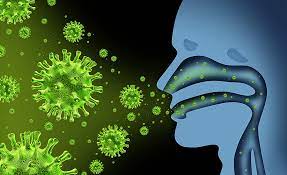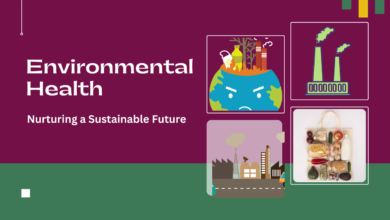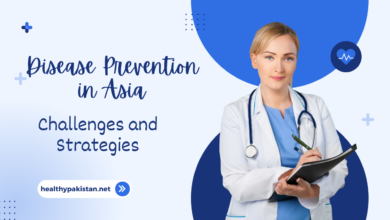
Introduction:
Infectious diseases have been a constant presence throughout human history, shaping societies, causing pandemics, and posing significant health challenges. These diseases, caused by bacteria, viruses, fungi, and parasites, have the potential to spread rapidly and affect individuals, communities, and even entire populations. This essay explores the nature of infectious diseases, their impact on public health, and the advancements in understanding and combatting them.
Understanding Infectious Diseases:
Infectious diseases are illnesses caused by microorganisms that invade the body, multiply, and disrupt normal bodily functions. These microorganisms can be transmitted from person to person, through vectors like mosquitoes, contaminated food and water, or environmental sources. Some common infectious diseases include influenza, tuberculosis, HIV/AIDS, malaria, and COVID-19.
The Impact on Public Health:
Infectious diseases have shaped the course of human history. The Black Death in the 14th century wiped out a significant portion of Europe’s population, and diseases like smallpox decimated indigenous populations during European colonization. In the modern era, infectious diseases continue to pose significant threats to public health, with pandemics like HIV/AIDS and COVID-19 causing widespread morbidity and mortality.
Infectious diseases not only have immediate health consequences but also economic, social, and political implications. Outbreaks can strain healthcare systems, disrupt economies, and lead to social unrest. They can disproportionately affect vulnerable populations, exacerbating health disparities and inequalities.
Advancements in Understanding Infectious Diseases:
- Germ Theory: The development of the germ theory of disease by scientists like Louis Pasteur and Robert Koch in the 19th century revolutionized our understanding of infectious diseases. This theory identified microorganisms as the causative agents of many diseases.
- Vaccines: The discovery and widespread use of vaccines have been instrumental in preventing infectious diseases. Vaccination campaigns have led to the eradication of smallpox and the near-elimination of diseases like polio and measles.
- Antibiotics: The discovery of antibiotics, such as penicillin by Alexander Fleming, has revolutionized the treatment of bacterial infections, saving countless lives.
- Public Health Measures: Improved sanitation, clean drinking water, and public health measures like quarantine and contact tracing have played crucial roles in controlling the spread of infectious diseases.
Challenges in Combatting Infectious Diseases:
While significant progress has been made, infectious diseases continue to challenge our efforts to combat them. Emerging diseases, antimicrobial resistance, and global interconnectedness present ongoing threats.
- Emerging Diseases: New infectious diseases, such as Ebola, Zika, and COVID-19, continue to emerge, often with high transmission rates and global impact. These diseases demand rapid response and international cooperation.
- Antimicrobial Resistance: The overuse and misuse of antibiotics have led to the development of antimicrobial resistance, making once-treatable infections more difficult to manage.
- Globalization: Increased global travel and trade mean that infectious diseases can spread more rapidly than ever before, making containment and prevention a global priority.
Conclusion:
Infectious diseases remain a significant challenge to global public health. While scientific advancements have provided tools to combat them, ongoing vigilance, research, and international cooperation are necessary to address emerging threats and mitigate the impact of infectious diseases. The COVID-19 pandemic serves as a stark reminder that infectious diseases have the potential to disrupt societies and economies on a global scale, underscoring the need for continued investment in research, healthcare infrastructure, and public health measures to protect human health and well-being.







